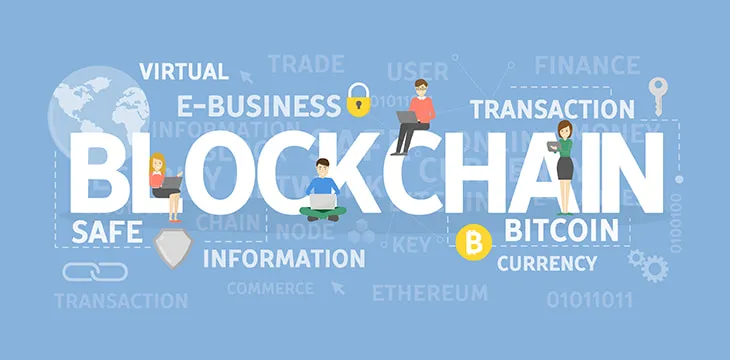|
Getting your Trinity Audio player ready...
|
Sometimes we’re tempted to write headlines with emojis—and if we did, this one would have the “tears of laughter” face. Coinbase (NASDAQ: COIN) has revealed it uses an internal ledger to track changes in ownership because “Coinbase’s daily transaction count exceeds the capacity of the Bitcoin blockchain.” Perhaps Bitcoin BSV tokenization could solve the problem?
This is so good. Coinbase created an internal ledger to track ownership records because bitcoin sucks. pic.twitter.com/hD4nG1J7lr
— SolidusMax (@SolidusMax) November 25, 2020
That’s right: one of the world’s most popular digital asset exchanges cannot put all its spot transactions on the ledger “without overwhelming the blockchain“. It has the additional benefits of avoiding miners’ fees and allowing instant settlement, Coinbase continued.
It’s normal for a major asset exchange (whether equities, forex or ordinary banks) to keep their own ledger of internal transactions. But for an industry built around promises of secure and transparent records, decentralization, honest and auditable ledgers, cheap and fast settlements… it lacks vision and confidence, to put it mildly.
What were those old blockchain promises about, then? And does anyone in the BTC/digital asset industry even care about all that anymore? Call it irony or hypocrisy, but Coinbase‘s use of a proprietary system suggests those making money in blockchain aren’t interested in actually using the technology, only speculation and profits from trading meaningless digital trinkets.
The technology exists today to implement a secure, blockchain-based, open and transparent ledger that would keep customers’ assets secure. It also has the transaction capacity to handle not only Coinbase’s records, but everyone else’s too. Stock exchanges, central banks, fiat currencies, property and health records, even store loyalty points and concert tickets—all could be recorded on the one ledger. That ledger keeps all the promises blockchain advocates have made to support their cause over the past decade.
That ledger is called Bitcoin. Bitcoin SV, to be precise. Bitcoin as it was originally planned and Bitcoin as it was promoted in those early years. This was what “Satoshi’s Vision” was, and today it is a reality.
BSV today has the transaction processing power and capacity to handle Coinbase’s records. Coinbase doesn’t even list BSV as an asset on its trading platform, let alone use it to handle its ownership records. But other exchanges will. Customers will see the benefits of using those exchanges, trust the extra security and transparency they offer, and leave old-fashioned platforms behind.
As Dr. Craig Wright, who originally created Bitcoin, has said: “Only Bitcoin BSV is decentralized.” Ethereum in theory offers tokenization technology designed to handle ownership records, but its ability to scale is in doubt and its development roadmap is a mess.
https://twitter.com/Max0SV/status/1331983588699594756
Coinbase is right: BTC would be a terrible tool to use
Coinbase is right, though. There’s no way the BTC blockchain could handle such a transaction volume, and miners’ fees would take a serious bite out of its profits even if it could (so we’ll leave aside the issue of miners deserving to be paid to keep everyone’s records secure).
The majority of the blockchain and digital asset economy is based on trading and price speculation. That’s all the mainstream media seems to care about, and apparently most investors aren’t bothered by it either. Then again, these are the same investors who happily exchange their assets for backed-by-nothing-really Tethers, assuming that if anything goes wrong they’ll be able to swap them for fiat dollars they can spend in the real world.
But things will go wrong. More exchanges will get hacked, their customer and transaction records destroyed or stolen in some unplanned-for event. Tether and Bitfinex are already being probed under New York’s Martin Act, which empowers the Attorney General to conduct investigations into and prosecute incidences of securities fraud.
It may take more events like that for people to finally start realizing why Bitcoin and blockchain technology were invented in the first place. If and when it does, BSV is ready to pick up the pieces. BSV is ready to pick up the pieces right now, even before these proprietary systems fail. It’s up to those with the foresight and belief in the original promise of Bitcoin to keep educating the public on what the technology is for. Because even long-time “believers” like Coinbase and its management seem to have trouble remembering sometimes.
See also: Dr. Craig Wright’s keynote presentation at CoinGeek Live on “How One World Blockchain Powers a New Future for Computing & Cloud System
https://youtu.be/36MRO2izj6I

 06-30-2025
06-30-2025 





